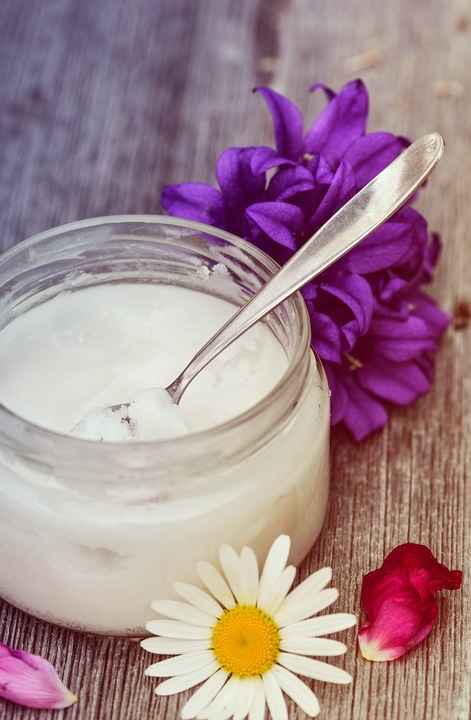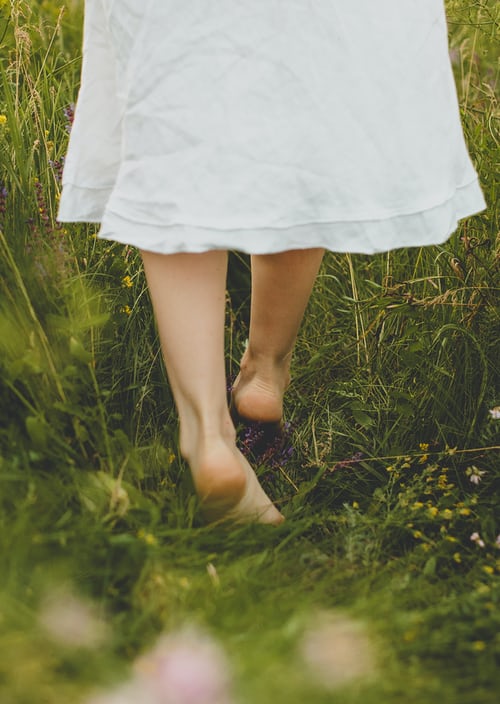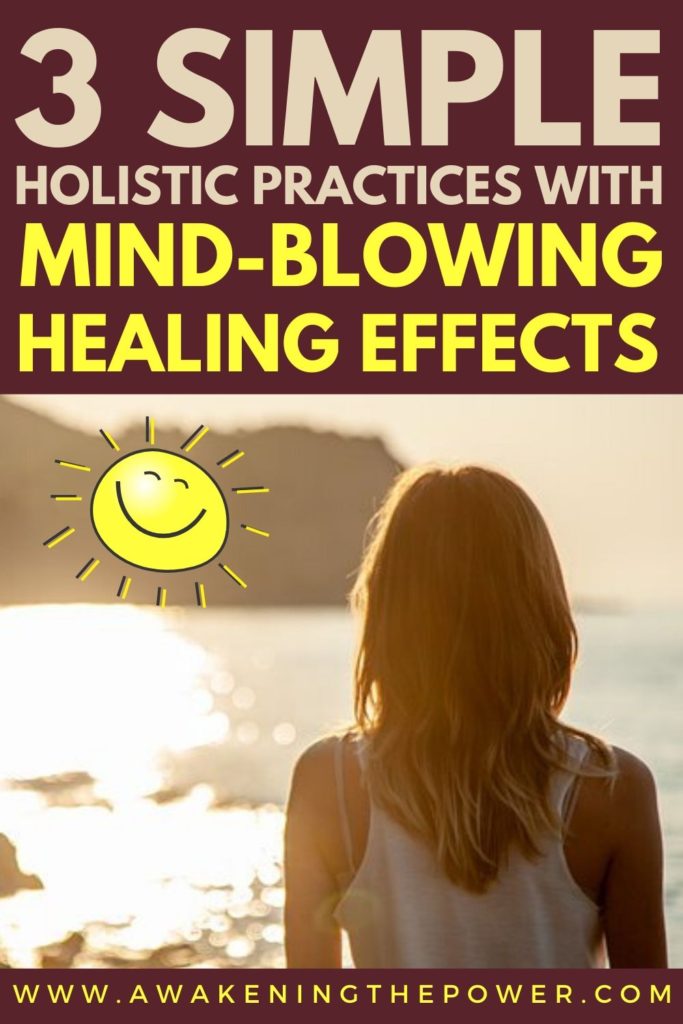In our day and age, holistic practices like yoga or acupuncture are becoming mainstream.
Still, many of these natural remedies are surrounded by silence, despite ample evidence of their effectiveness.
Here are three holistic healing techniques that require minimal effort, cost next to nothing, and are backed by science.
You can start practicing them any time you want to. Even today.
1. Oil Pulling

The practice of oil pulling (oil swishing) is an ancient Indian oral remedy with a powerful detoxifying effect.
It removes oral bacteria that causes tooth decay, inflammation, bad breath, acne, toxicity and other unpleasant issues. It’s also infinitely cheaper than even a single visit to the dentist!
Essentially, it acts as a sticky fly catcher. Since most bacteria have a lipid (fatty) cell membrane, the fat in the oil binds them together. So oil pulling removes thousands, even millions of harmful microorganisms at once!
Traditional Ayurvedic recipe calls for sunflower or sesame oil. But you can use any kind of oil as long as it’s organic, cold-pressed or high-quality refined.
Many people, including me, prefer coconut oil. It combines fantastic anti-bacterial properties with the best flavor.
The only drawback is that in its natural form it has the consistency of lard. So you have to swish it around your mouth for a few minutes until it melts.
If you can overcome the initial ickiness of the process, the benefits of oil pulling far outweigh any discomfort you might experience.
Benefits
After only 5 days of oil pulling I’ve noticed a difference: my gums didn’t bleed anymore when I flossed. I also had more energy and mental clarity. After 2 weeks my teeth sensitivity decreased, and my tongue acquired a healthy pink color.
Long-term practitioners claim all sorts of other benefits, from teeth whitening to complete purification of the body.
Even WebMD – a very conventional medicine web portal, says this about oil pulling:
“Unlike some so-called natural home remedies, it’s not a practice that’s based on pseudo-science. Recent studies show that oil pulling helps against gingivitis, plaque, and microorganisms that cause bad breath.”
Method
You swish around a spoon of oil in your mouth first thing in the morning for 20 minutes, before (not instead of!) your usual teeth cleaning. Try to incorporate it into your existing morning routine. For example, while taking a shower or checking your email. I do it while I’m walking my dogs in the morning.
2. Sun Gazing (or Sun Eating)

The holistic practice of sun gazing is exactly what it sounds like. It’s gazing into the sun during certain times of the day in order to absorb the sun energy (or “feed” on it).
The main idea behind sun gazing is: sun is life. Many ancient cultures regarded sun as a life-giving entity. Most creator-gods are symbolized by the sun (while the moon represents the goddesses).
So sun gazing was the highest form of worship that only the chosen could practice.
Fast-forward to now — the sun is demonized as the source of harmful radiation. People believe that the sun is dangerous, and that avoiding the sun as much as possible is good for you.
Now I’m not telling you to throw caution to the wind and stop using sunscreen, or not to wear sunglasses. (Although you should look into the ingredients in most mass-produced sunscreens.)
But don’t turn your back on the sun altogether.. Vitamin D is essential to our well-being. A recent major study confirmed that “women who avoid sunbathing during the summer are twice as likely to die as those who sunbathe every day.”
Sun is a Spiritual Being
Find the right time to absorb the sun energy consciously. Breathe it in. Let that golden light fill you up. It’s wonderful to meditate in the sun!
When you’re in the presence of this warm luminous energy, there’s no denying that the sun is a spiritual being.
So it stands to reason that sun gazing is a powerful technique. It facilitates your spiritual evolution, activates the pineal gland, and retrains your body to subsist on solar energy.
Of course, not everyone is lucky enough to live in Southern California where sunshine is in abundance, if not in excess.
But even if it’s not always warm and sunny where you live, you can still connect with the energy of the sun. Remember the old saying, “Behind every dark cloud the sun still shines.”
Method
You gaze into the sun indirectly, only during certain times after sunrise or before sunset, when the sun is not at its brightest. The timing of this practice is very important! And it can only be practiced for 9 months.
And keep in mind that sun gazing is not so much a holistic health practice as it is a spiritual regimen. It requires following specific instructions, and a lifetime commitment.
3. Earthing (Grounding)

If you’ve ever gone camping, you know how energizing it is to connect to the Earth. Even though you weren’t that comfortable sleeping in a tent, you woke up early, feeling recharged and ready for anything.
You smelled the crisp morning air, you noticed how beautiful the landscape was, and you’ve probably felt the most voracious appetite of your life.
If that’s true, congratulations! You’re already an earthing practitioner.
Earthing (grounding) is simply the practice of connecting to the Earth by walking barefoot, sleeping on the ground, hugging trees etc. That’s right, hugging trees. “Tree-hugger” is not a derogatory term anymore!
Medical professionals confirm the powerful medicinal properties of earthing.
How does it work? It’s all about the electrons. Our planet emanates a powerful electric charge that you “plug into” when you walk barefoot, or otherwise ground yourself.
Electrons from the Earth’s surface have a powerful anti-inflammatory effect. They neutralize the free radicals in our bodies that cause chronic health problems. (Not surprisingly, most modern people have an electron deficiency in their bodies.)
Earthing has countless health benefits, and it’s completely free. You can also practice earthing inside, with the help of earthing aids.

Method
You walk barefoot (or lay) on the ground or the grass, hug trees, or use grounded earthing mats for when you’re inside. Skin has to be touching the Earth (or the mat).





